Koshi Puja Festival
Koshi Puja
Koshi Puja is a festival specific to the Majhi people that occurs once a year on the 22nd day of the Nepali month, Fagun. Although it is typically a two day celebration, the government has only officially recognized it for one day. All Majhi people celebrate this festival on the same day. The purpose of this festival is to worship the Koshi River. Traditionally, Majhi people were fishermen, so they implemented this festival to worship the river and ask for its protection and provision.
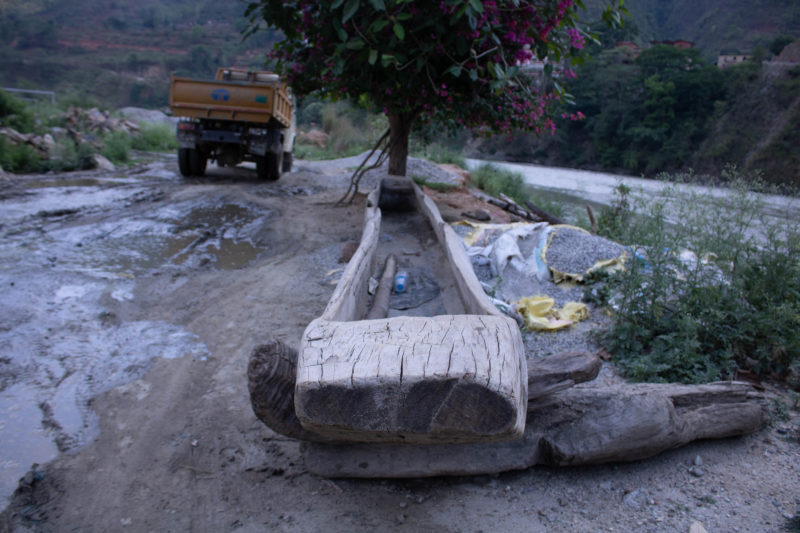
This is what a traditional Majhi fishing boat looks like.
In earlier generations, the two days worshipping the Koshi River were very sacred. There would be no working or farming, only worshipping. Nowadays, during the celebration people can still partake in daily activities other than fishing. In order to celebrate the Koshi Puja, there are many rituals that take place. One week before the festival, rice is collected from each home to make a drink known as jhar, which is similar to a sort of alcohol. The rice is put in a large drum, left for a few days to ferment, and then mixed with water in order to create the drink. Throughout the year, people make it in their homes, but during this festival, only the priest makes the jhar for the celebration.
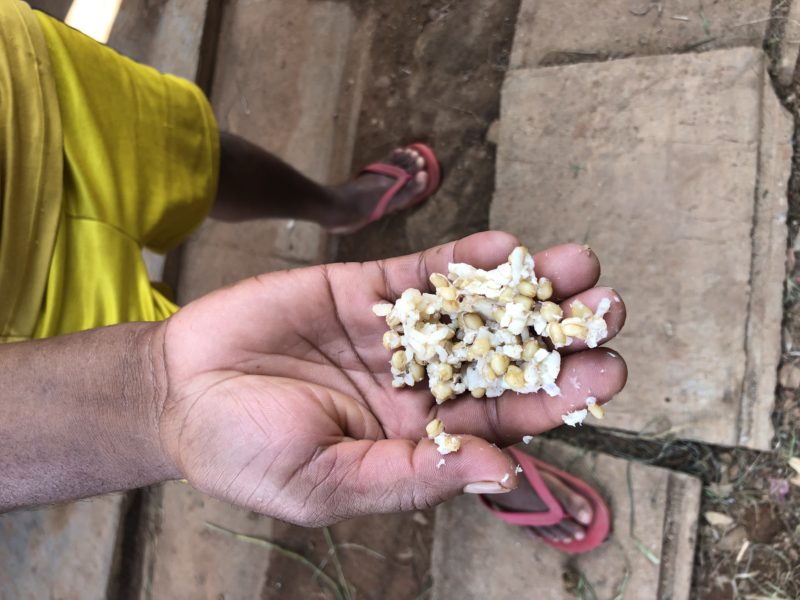
This is what the rice looks like as it is fermenting. Eventually this will become jhar.
The priest plays a vital role in this festival. Although he is only the priest for these two days out of the year, he makes the jhar and performs the sacrifices. The priest is always an older male, but not elderly. He usually comes from the Majhi subcastes of Majay or Ghau, and the priesthood will pass to his eldest son when he passes away.
In addition to making the jhar, money is collected from each house to buy a goat and a chicken, and in some places pigs. On the day of celebration, all of the people will gather at the bank of the river. The priest will sacrifice the goat and the chicken and the people will celebrate by eating the meat, drinking jhar, and dancing along the river. There are specific songs and dances dedicated to this specific festival that celebrate the Koshi River.
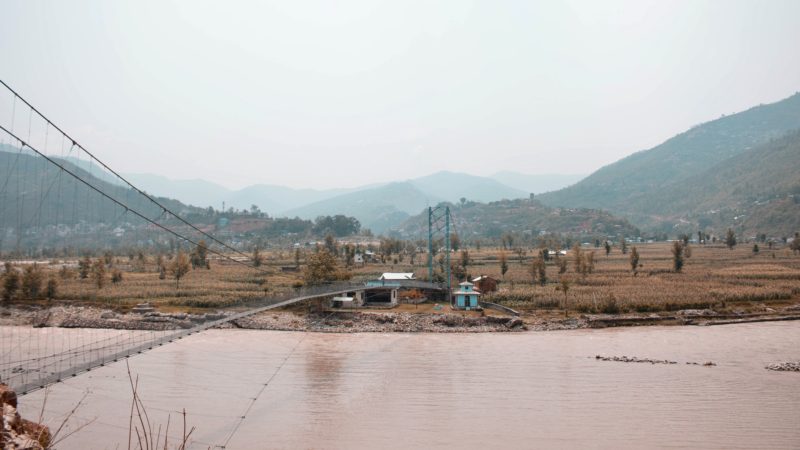
A view of the Koshi River
In addition, the priests make small wooden boats from the wood of a Simal tree, one boat per village. These boats are usually wrapped in colored thread and left near the water at the bank of the river. Once the water rises, the boats are then naturally taken down the river by the current of the water. Although this festival is only celebrated by Majhi people, it is not uncommon for other castes in the village to attend the celebration, as it is one of the largest and most important festivals for the Majhi. This is typically the only time during the year that the Majhi people will wear their traditional Majhi dress.
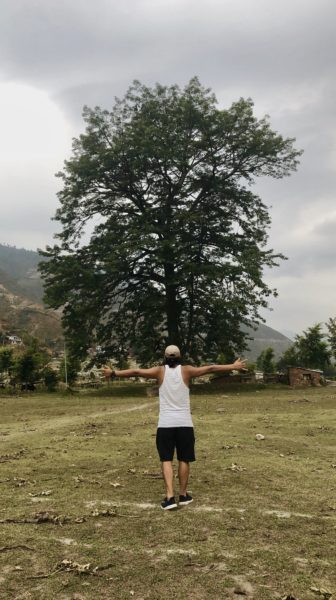
This is a Simal tree. The priests make the small wooden boats out of the wood form these trees.
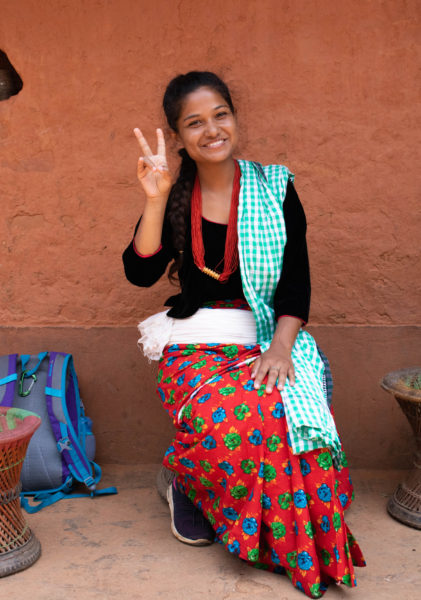
This is what the traditional Majhi dress looks like for women.
Conclusion
This festival presents an interesting dichotomy of sustained and faded traditions. It celebrates the sustained tradition of worshipping the river in order to receive protection. However, the protection is no longer for the fishermen, because the fishing tradition has faded. The construction of dams along the river has decreased the number of large fish downriver; rendering the fisherman trade nearly obsolete. It is now primarily a hobby. There exists the sustained tradition of making jhar, which has permeated into the larger society as a social drink; made daily, not only during the festival. This is contrasted with the fading tradition of wearing Majhi dress. In previous generations, Majhi dress was worn daily, but now it is only worn during the Koshi Puja festival.
It is interesting to think about how and why some traditions fade while others stick around. Even within this one festival, there are instances of both of these things. I don’t have an answer as to why traditions fade. Maybe there is a global change of pace, maybe people are forgetting why they celebrate, or maybe a new generation just becomes uninterested in the ways of their parents. But I also think it can raise some important questions. Are there ways we can adapt traditions to suit global change without disrespecting the entire meaning of tradition? Are traditions worth remembering and preserving? If they are, how do we ensure that we pass on traditions to younger generations without limiting their possible ambitions towards change and innovation?
